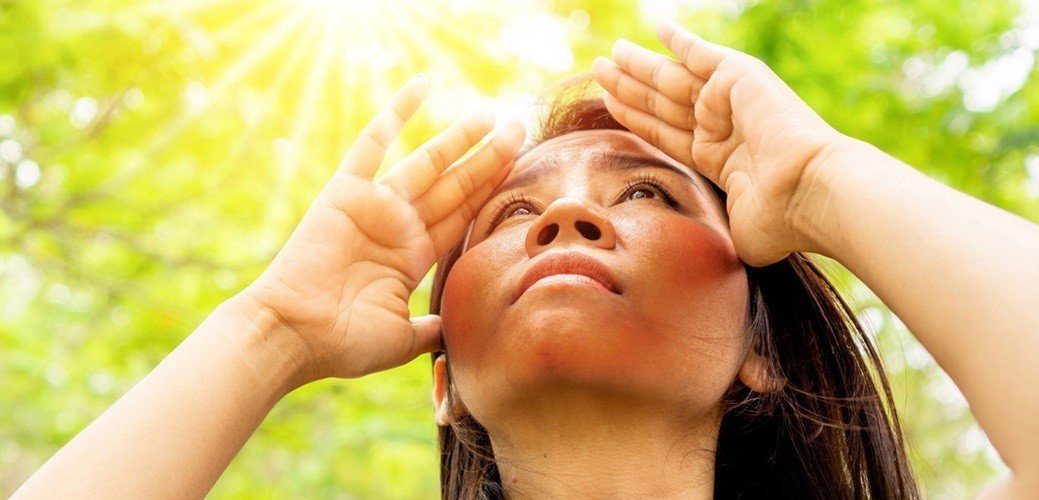Protect Yourself From the Sun if You Have Bullous Pemphigoid (BP)
The immune system of the skin is sensitive to the environment. Sunlight and air temperature normally affect the skin, but, if you have Bullous Pemphigoid (BP), which is an autoimmune disease, getting sun or too much heat can lead to blistering.
Researchers studied 27 people with BP for a year. Examinations were conducted every 3 months and blistering was observed in the participants on the scalp, face, neck, hands, trunk, lower extremities and mouth. The researchers, then, examined the BP occurences in the subjects, based on whether the intensity of sun exposure was negligible, regular, or intense.
Additionally, the researchers looked at the medical charts of 232 people with BP for seven years. In particular, the blood tests were examined to see whether the antibody levels varied by the season, and sun exposure.
In both groups, increased sun exposure was associated with an increase in blistering – both the severity and presence of blisters. Among the twenty seven who were observed for a year, their BP was more severe in Spring than in Summer or Winter, and in the areas that had the most sun exposure. What’s more, the first attack usually occurred in the summer, when the sun exposure was greatest and most intense. When antibody tests were also studied, it was evident that the presence of sun exposure, higher temperature, and antibodies were the factors that were most associated with greater severity and frequency of blistering.
An increase of sun exposure, as well as toxins and pollutants in the air from wildfires, can interact with the skin and cause more flares of inflammatory skin conditions, such as BP.
These findings are particularly important in light of climate change. Extreme weather events, such as heat waves, are occurring with greater frequency and severity in some regions. Increased heat and dry conditions have proliferated wildfires, which then add to the pollution and further depletion of the protection of the ozone layer. An increase of sun exposure, as well as toxins and pollutants in the air from wildfires, can interact with the skin and cause more flares of inflammatory skin conditions, such as BP. High temperatures and pollution has been shown to increase hospitalizations for pemphigus. Besides worsening existing conditions, pollutants and heat waves can also increase the amount of people who get the condition.
Existing skin disorders will be exacerbated by weather and vegetation changes. Extreme weather events—as well as the various skin diseases they facilitate—will continue to rise in frequency. Being prepared for extreme weather and trying to keep out of the sun are two strategies that seem most necessary to prevent further flares of BP.
Sources:
1. Kyriakis K, et al. International Journal of Dermatology, Vol. 35, No. 7, July 1996
2. Fathi R, Rosenbach M. Current Dermatology Reports (2020) 9:201–209





